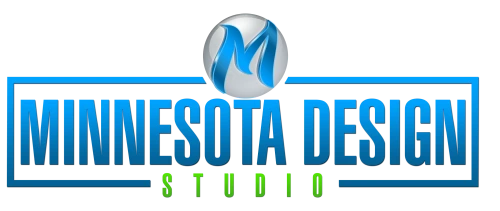Website Accessibility
People access the web in many different ways – with a keyboard, mouse, voice commends, screen readers, Braille output, magnifies, joysticks, foot pedals, and so on. We believe websites should be built in a manner that creates as few barriers as possible to getting to information, regardless of the user’s ability and the devices used to access the web. Websites must be designed for accessibility.
There are 4 broad categories of disabilities that affect how people interact with their computers and the information on them.
Vision Inpairment
People with low or no vision may use an assistive device such as a screen reader, Braille display, or a screen magnifier to get content from the screen. They may also simply use the browser’s zoom function to make the text large enough to read.
Mobility Impairment
Users with limited or no use of their hands may use special devices such as modified mice and keyboards, foot pedals, voice commands, or joysticks to navigate the web and enter information.
Auditory Impairment
Users with limited or no hearing will miss out on audio aspects of multimedia, so it is necessary to provide alternatives, such as transcripts for audio tracks or captions for video.
Congitive Impairment
Users with memory, reading comprehension, problem solving, and attention limitations benefit when sites are designed simply and clearly. These qualities are helpful to anyone using your site.
The W3C started the Web Accessibility Initiative to address the needs to make the web usable for everyone.
Accessible Website Design
When working on a web project, we always take web accessibility into consideration and work hard to achieve an easy-to-use website for everyone. We evaluate accessibility early on in the creation process. Throughout the development process, we keep accessibility problem solving at the forefront of our process. Contact Us and let’s get your website accessible for everyone today.


